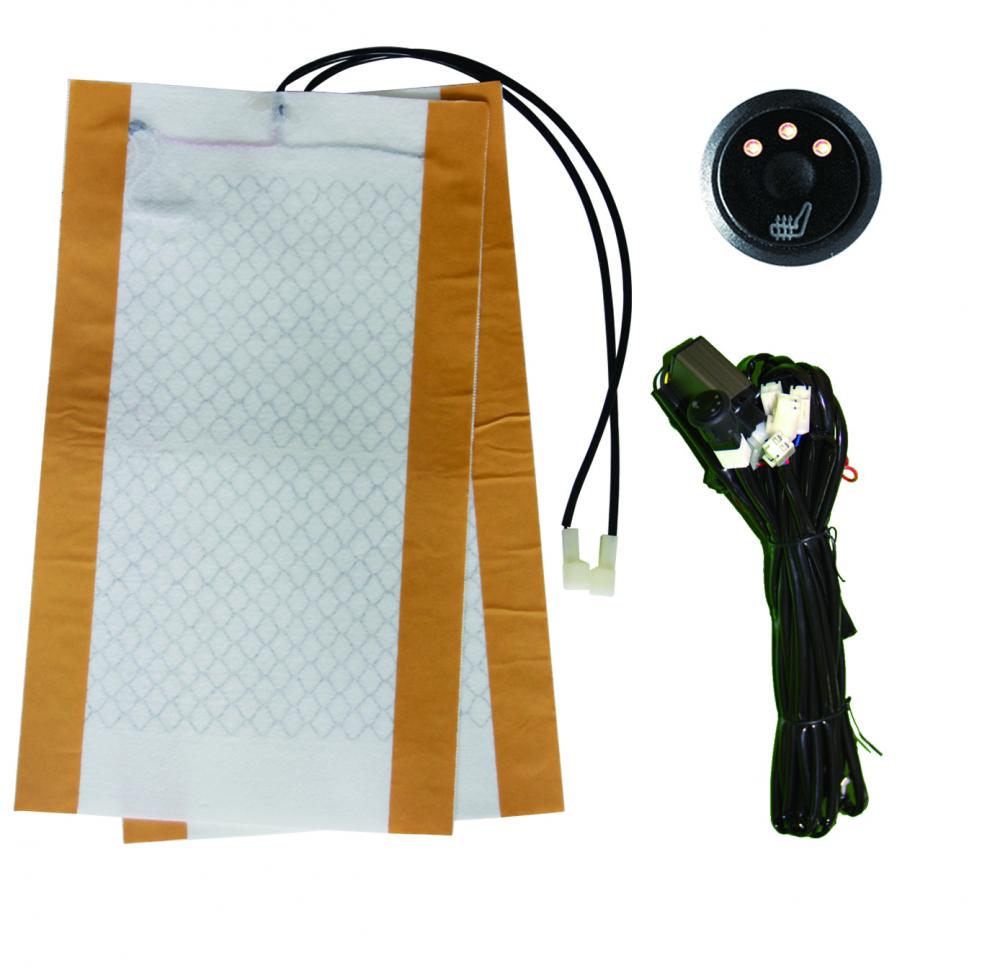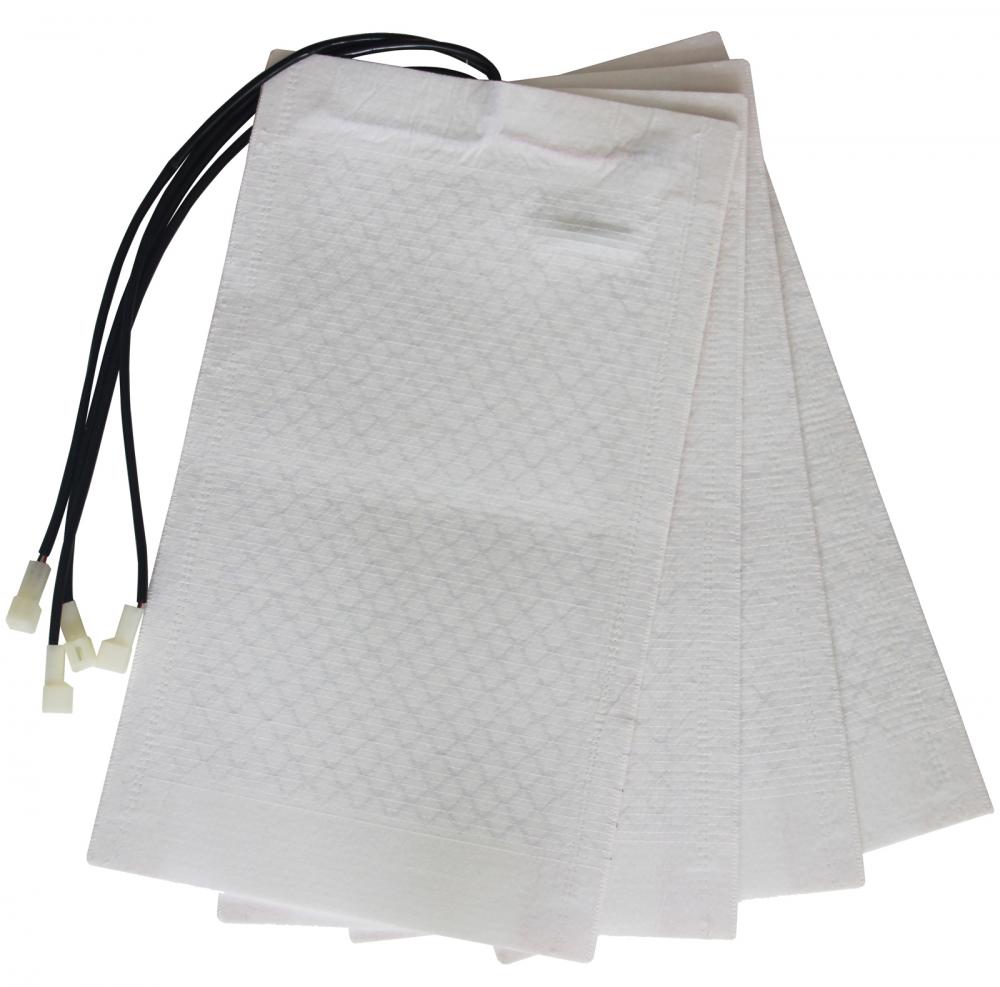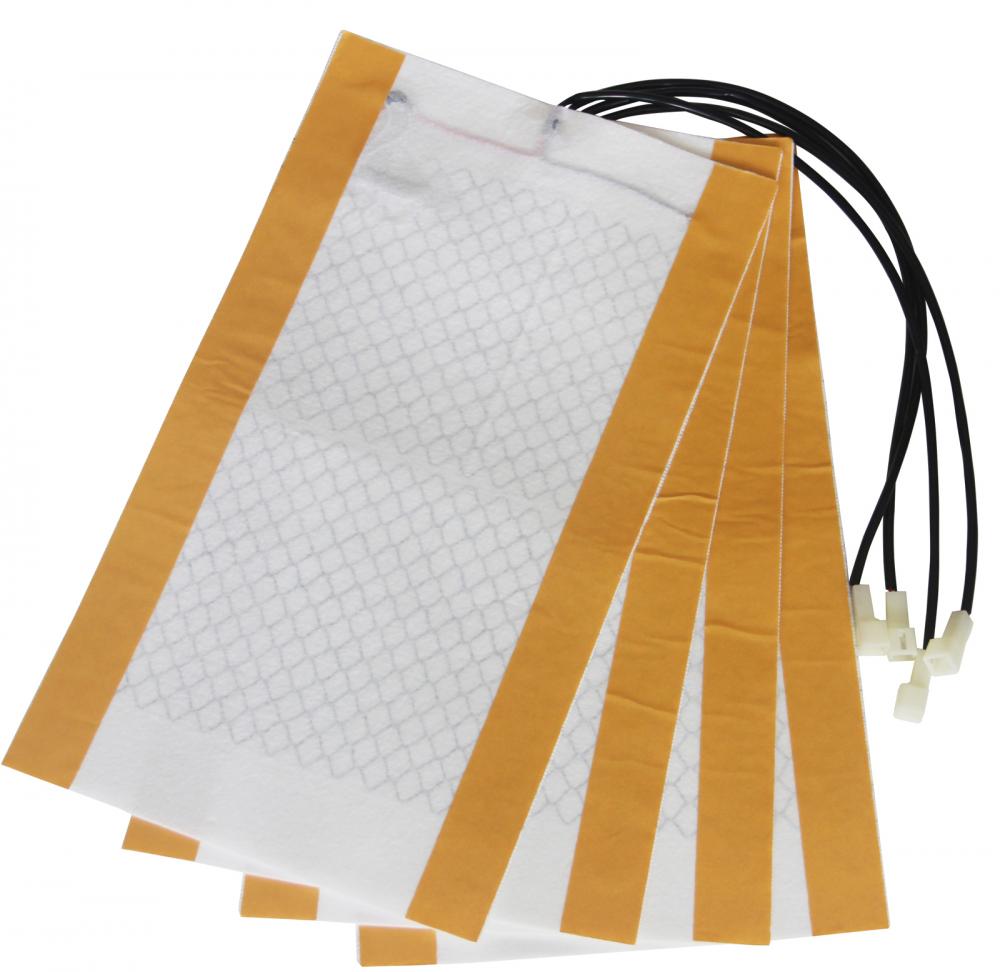Huang Kaiguo  Chen Wanxiong  Peng Xiangan Zeng Xi (Jinchuan) So far, the world's nickel metal is still mainly extracted from nickel sulfide ore [1] . In the nickel ore ore dressing , the lean ore is difficult to sort because of the low grade of nickel and the high MgO (up to 27% to 28%). Nickel concentrates meeting flash smelting requirements are not available using existing processes and prescriptions [ 2 to 6 ] . In view of the process mineralogy characteristics of low-grade nickel sulfide ore, the advantages of the flotation process proposed in this study are: the use of combined collectors to enhance the capture of nickel minerals and the use of modified inhibitors to enhance the inhibition of MgO-containing gangue minerals; The flotation results in a qualified nickel concentrate with a very low MgO content. First, the sample and test method (a) sample The ore samples were taken from China Jinchuan Nonferrous Metals Co., Ltd. The main element analysis results of the ore are shown in Table 1. Ore more mineral composition consisting of 50, 11.3% metallic minerals, mainly pyrrhotite, pentlandite, yellow copper ore, chalcopyrite side, magnetite, chromium ore, followed by purple sulfur pentlandite , Tonglan, malachite, ink copper ore. The gangue minerals account for 88.7%, mainly including olivine, pyroxene, serpentine, tremolite , talc , mica and carbonate. The content of Ni and Cu in the ore is low, 0.66% and 0.35% respectively, nickel sulfide accounts for 86.07%, nickel oxide is 13.11%, and water-soluble nickel is 0.82%. It is a mixed nickel ore of nickel sulfide and nickel oxide. The inlays of nickel and copper minerals are fine and uneven, often interspersed, closely symbiotic or wrapped in gangue minerals. Minerals containing a high content of magnesium vein, MgO content of 28.6%, is lean refractory ore. Table 1 Chemical analysis results of main elements of ore (%) Table 1 Chemical analysis of ore (%) Ni Cu Co MgO CaO 0.66 0.35 0.023 28.55 2.54 SiO 2 Al 2 0 3 TFe S 35.3 3.48 12.03 2.54 Single mineral sample: Nickel pyrite is purified from Jinchuan Nonferrous Metals Co., Ltd. (including Ni 6.0%). The Tefu ore is first broken to <1.5mm, and weak magnetic field magnetic separation is used to discard the ferromagnetic pyrrhotite. The remaining part is ground to <0.106mm with a porcelain ball mill, and then magnetic analysis of different magnetic field strengths is carried out by JZCF type AC-DC variable frequency magnetic separator. Finally, magnetic field separation by strong magnetic field is used to separate non-magnetic mineral chalcopyrite and weak magnetic mineral nickel yellow. In the iron ore, the obtained nickel pyrite sample contains 29.75% of Ni and a purity of 86.7% of mineral. Serpentine is a serpentine mineral specimen, which is sorted after crushing, and then finely ground to <0.075mm with a porcelain ball mill. The serpentine sample obtained contains 34.61% MgO and 83.20% mineral purity. (2) Test methods Ore flotation test, according to the process mineralogical characteristics of low-grade nickel sulfide ore, the best process conditions were determined by flotation method, and the amount of each test sample was 500g. The adsorption amount of the collector was determined by using a UV-3000 Shimadzu spectrophotometer to determine the surface of the nickel pyrite under the flotation conditions for the xanthate (EX) or the butyl xanthate by measuring the concentration of the xanthate in the remaining solution. The adsorption amount of BX) was determined by the ferrous iron colorimetric method [7] using the ferrous iron colorimetric method [7] . The zeta potential of the mineral surface was measured using a Zeta potential analyzer. Second, the test results and mechanism (1) Test results The condition test of various process factors of flotation and the closed-circuit test of comprehensive optimal process conditions are as follows: one grinding to 80% powder particle size <0.075mm, one rough selection, one sweep selection, three selections, medium mine Return in order. The new prescription was added in batches with EX and ABD as the combined collector, Na 2 C0 3 as the modifier, CuSO 4 as the activator, water glass as the dispersant, and ACMC as the inhibitor added at appropriate places. The closed-circuit test procedure and pharmaceutical conditions are shown in Figure 1, and the test indicators are shown in Table 2. The process of the process is simple and the indicators are good, especially the concentrate has low MgO content and high copper recovery rate. The most notable feature of the new prescription is the combination of EX and ABD collector and modified inhibitor ACMC. Table 2 Closed circuit test results Table 2 Flotation results of the locked test Product Mass/% Assay/% Recovery/% Ni Cu MgO Ni Cu Concentrate 7.46 6.70 3.59 5.24 75.42 77.51 Tailing 92.54 0.176 0.084 30.48 24.58 22.49 Feed 100.00 0.66 0.35 28.60 100.00 100.00 (2) Mechanism discussion The research and application of combination agents is the trend of the current flotation agents [8 ~ 10] . In this study, the combination of collectors was used to enhance the collection of nickel minerals, and the use of modified inhibitors to strengthen the inhibition of MgO-containing minerals has achieved significant results. The test results are given below, and the mechanism of action of the flotation agent and minerals is discussed. 1, combined collector EX and ABD The results of the comparative test of the collector (Table 3) and the measurement of the adsorption amount (Table 4) confirmed that the combination of EX and ABD was superior to the combination of BX and ABD. Table 3 Comparison results of collectors Table 3 Experimental results for different collectors Collector Dosage /(g·t -1 ) Mass conc. /% Assay/% Recovery/% Other conditions of both collectors BX 140+60 15.08 2.96 68.65 ABD(45+15)g/2 EX 140+60 16.07 2.84 70.28 Flotation time(6+6)min Table 4 Determination of adsorption amount of chlorite on collector Table 4 Adsorption of collectors on pentlandite surface No. Original Concentration/(mg·L -1 ) Adsorbed amount on Pentlandite/(mg·L -1 ) EX BX ABD EX BX ABD 1 40 0.449 2 120 1.206 3 160 1.225 4 120 40 1.438 0.469 5 120 1.312 6 160 1.400 7 120 40 1.331 0.433 Table 4 shows: (1) When EX is used alone, the amount of EX increases, and the adsorption amount of EX also increases (see 2, 3). When EX and ABD are used in combination, the adsorption amount is higher than that when the same amount of the agent is used alone. (see 4), their total adsorption capacity on the surface of pentlandite is greatly increased; (2) When BX is used alone, the adsorption on the surface of pentlandite (see 5, 6) is higher than the same amount of EX used alone (see 2, 3), but when BX is combined with ABD, both The total amount of adsorption (see 7) is lower than when EX and ABD are combined (see 4). At this time, the adsorption amount of ABD is even lower than when ABD alone (see 1). A possible explanation for the above results is that the combination of EX and ABD produces a "synergistic effect", "co-adsorption" occurs, and the combination of BX and ABD seems to be "competitive adsorption". The most striking feature of the synergistic effect is that the adsorption of one collector promotes the co-adsorption of another collector, thereby increasing the total adsorption amount of the mineral surface and improving the effect of the agent. It is also believed that when the anion is combined with an anion collector, the adsorption of the two different collectors on the mineral surface may be either co-adsorption or competitive adsorption. As a result of competitive adsorption, the strong collector component preferentially adsorbs to the mineral surface, hindering the re-adsorption of the weak collector. The above adsorption amount measurement results show that the combination of EX and ABD is better than the combination of BX and ABD in the flotation test. It is correct to use EX and ABD as the combined collector in this study. 2. Modified inhibitor ACMC The inhibitor ACMC used in this study was screened in a comparison test of 31 different inhibitors and their combination agents against serpentine. When the low-grade nickel sulfide ore flotation reduces the Mg0 content in the nickel concentrate, the effects of CMC and ACMC with different polymerization degrees and different degrees of substitution on the MgO content of the selected concentrates are examined respectively. The test results are shown in Table 5. Table 5 Comparison of ACMC and CMC in the selection of test results Table 5 Comparison between CMC and ACMC in cleaners Depressant Dosage/(g·t -1 ) Mass/% Ni assay/% MgO assay/% Ni recovery/% No 0 78.40 6.19 8.74 92.39 ACMC 1 40 49.50 8.59 3.69 77.82 ACMC 2 40 48.09 8.47 3.51 73.56 CMC 1 40 47.49 8.23 4.94 73.10 CMC 2 40 47.81 8.17 4.45 72.71 Note: CMC 1 and ACMC 1 -Low polymerization degree; CMC 2 and ACMC 2 -High polymerization degree The mass and recovery are referred to cleaning operation It can be seen from Table 5: (1) When CMC and ACMC are not added, although the nickel recovery rate of the selected operation is high, the grade of the refined nickel is low, the content of Mg0 is high, and the requirement is not met, and the use of CMC or ACMC can reduce the Mg0 in the concentrate. content; (2) CMC 2 having a high degree of polymerization has a stronger inhibitory effect than CMC 1 having a lower degree of polymerization, and modified ACMC 2 is stronger than CMC 2 . In the case of ensuring that the MgO content of the nickel concentrate meets the requirements, this study selected ACMC 1 with low polymerization degree as an inhibitor. In order to find out the reason, this study measured the zeta potential of the surface of pentlandite and serpentine at different pHs in the presence and absence of CMC 1 and ACMC 1 , respectively. The results are shown in Fig. 2. Can be seen from Figure 2: (1) When there is no inhibitor, the zeta potential of pentlandite changes at pH4, pH>4, zeta potential is negative, pH<4, zeta potential is positive; zeta potential on serpentine surface changes at pH l1 No., pH>11, the zeta potential is negative, pH<11, and the zeta potential is positive. The flotation of nickel sulphide ore is usually carried out in a slurry of pH 8-9. At this time, the zeta potential of the pentlandite surface is negative, and the zeta potential of the surface of the serpentine is positive, and the two are prone to heterocoagulation, leading to the nickel concentrate. Mg0 is high and nickel grade is low. (2) addition of the inhibitor after the CMC ACMC 1 or 1, are two mineral Zeta potential becomes negative, the CMC ACMC than 1 1 so serpentine Zeta potential becomes more negative, and the ratio of the CMC 1 1 ACMC so pentlandite Zeta potential becomes less negative too, i.e., a pair of serpentine ACMC suppressed stronger than the CMC of 1, 1 ACMC suppress nickel pyrite 1 weaker than the CMC, i.e., that the Zeta potential 1 ACMC two mineral surfaces More similar, not easy to produce hetero-aggregation. This is why ACMC was chosen as an inhibitor in this study. Third, the conclusion Through the flotation test study of low-grade nickel sulfide ore, and the mechanism of action of the combined collectors xanthate and butyl ammonium black drug and modified inhibitor ACMC, the following conclusions are obtained: (1) Adding a combination of ethyl ketone and butyl ammonium black drug in batches; Na 2 C0 3 is a regulator, water glass is a dispersant, copper sulfate is an activator, ACMC is an inhibitor, respectively Adding place; under the condition of proper fine grinding, the low-grade nickel sulfide ore can be well floated. When the ore grade is Ni 0.66%, Cu 0.35% and MgO 28.60%, Ni 6.70% and Cu 3.59% can be obtained. With MgO 5.24% high quality concentrate, the recovery rates of copper and nickel were 77.5% and 75.4%, respectively. (2) In the low-grade nickel sulfide ore flotation, the flotation test and the adsorption amount determination confirmed that the combination of the xanthate and the butyl ammonium black drug is better than the combination of the butyl sulphate and the butyl ammonium black drug. The reasonable combination of the ethyl xanthate and the butyl ammonium black drug can cause "co-adsorption", which produces a "synergistic effect" and increases the adsorption amount. The combination of Dinghuang and butyl ammonium black medicine seems to be “competitive adsorptionâ€. It can be seen that the combination medication needs to be reasonably matched and proportioned according to the nature of the ore, the performance of the medicament, and the like, and added in an appropriate order. (3) The effect of the modified inhibitor ACMC on the inhibition of magnesium-containing gangue minerals is significant. By adding 40g/t ACMC to the selective operation of nickel ore flotation, the Mg0 content in the open flotation concentrate can be reduced from 8.74% to 3.7%. In the following, the concentrate MgO content in the closed circuit test is only 5.24%, which is better than the corresponding CMC. ACMC introduces small molecular substances on the CMC group to enhance the adsorption and hydrophilicity of CMC to magnesium-containing gangue minerals. Some evidences on the mechanism of inhibition of ACMC were obtained by measuring the zeta potential of serpentine and pentlandite before and after ACMC. REFERENCES references 1.Welss.N L.SME Mineral Processing Handbook. New York: Society of Mining Engineers, 1985. 2. Zhang Maojun (å¼ å¯é’§) et al. Mineral Processing Handbook (mineralization manual). Beijing: Metallurgical Industry Press, 1989: 345-403. 3. Zeng Xinmin (Zeng Xinmin). Nonferrous Metals, Mineral Processing, 1996, (1): 1. 4. Meng Yueli (Meng Yueli). Nonferrous Metals, Mineral Processing (non-ferrous metals, mineral processing). 1996, (4): 1. 5. Peng Xiangan (Peng Xianyi) et al. Metallic Ore Dressing Abroad, 1998, (4): 30. 6. Kirjavainen V et al. Metallic Ore Dressing Abroad, 1998, (1): 3. 7. Xue Yulan (Xue Yulan) et al. Journal of Central South University of Technology Journal, Central South University of Technology), 1995, 26 (5), 595. 8. Zhu Jianguang (Zhu Jianguang). Metallic Ore Dressing Abroad, 1996, (3): 46. 9. Jian Baixi (see Baixi). Flotation Reagents (Flotation Reagents). Beijing: Metallurgical Industry Press, 1985: 353-358. 10. Zhang Kai (The combined use of Flotation Reagents. Beijing: Metallurgical Industry Press, 1994: 1-28, 98-173. The English version of this article was published in 1999.5. Malaysia RAMM '99 Academic Conference, Proceedings P.683-688 The Chinese version of this article was originally published in the Chinese Journal of Nonferrous Metals,1999.9. No.3. P.601-605 ☺ With the ability to heat in just 30 seconds, this is a reliable and efficient heated car seat that you never want to miss. The car seat has the best quality of carbon fiber infrared heating system, which means that it offers super-fast heating to keep the seat warm. Second, to this, the unit allows for constant adjustment of the temperature to suit your needs. Cars Seat Warmer,Auto Seat Warmer,Cars Heated Seat,Heated Seat Module JiLin Province Debang Auto Electric Co.,Ltd. , https://www.dbatelectric.com



